Books That Are Worth Reading After You Watch The Movie
Cinefiles and booksworms unite...

Some of what many would consider to be the greatest movies of all time are also those based on classic and beloved novels. And while there are folks out there who think you don’t need to read the book after watching the movie, there are dozens of examples that prove otherwise.
From Academy Award-winning dramas to a few landmark fantasy films and just about everything in between, here are 32 books that you might still want to read after you watch the movie. There’s a lot to unpack here, so let’s start strolling through this library of great titles…

Jurassic Park
Steven Spielberg’s Jurassic Park and the Michael Crichton book on which it was based are both cultural touchstones in their respective worlds. And while they share the basic concept of a disaster falling upon an amusement park full of cloned dinosaurs, there are some key differences that make reading the book an entirely different experience.
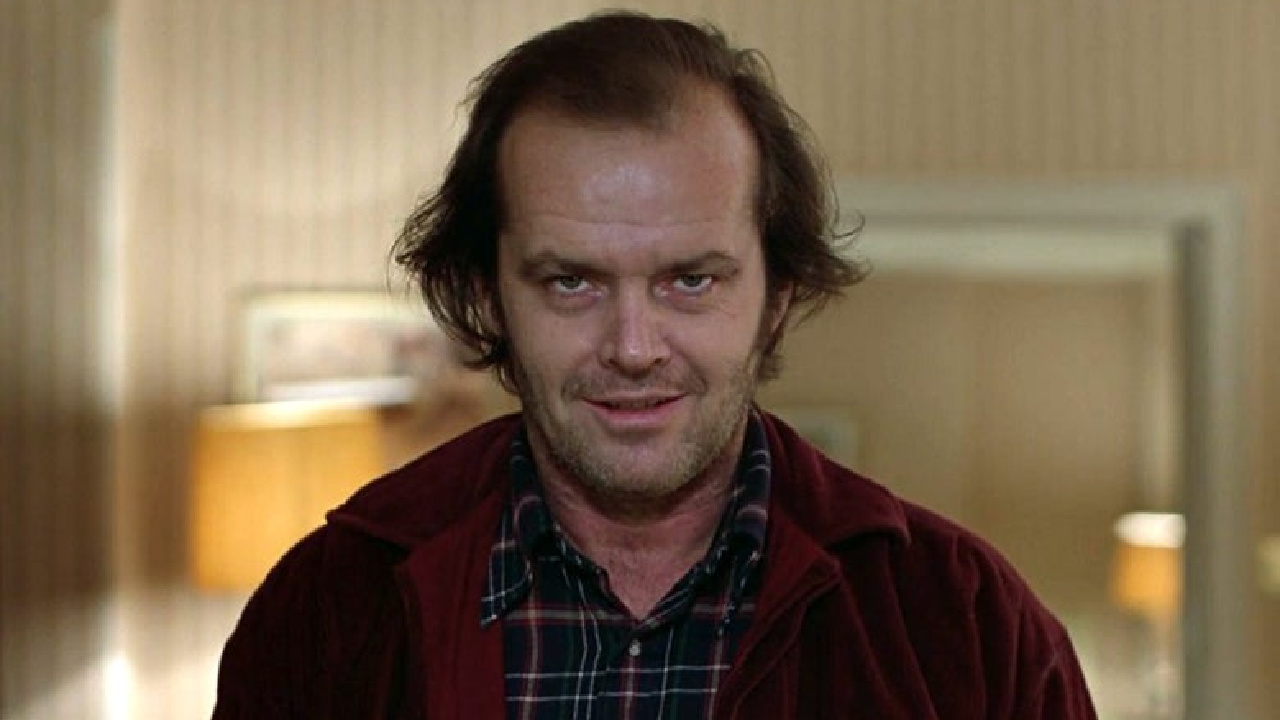
The Shining
Stephen King is no fan of Stanley Kubrick’s The Shining, the 1980 adaptation of his horror novel of the same name. Kubrick’s version makes all kinds of changes when it comes to the characters (played by Jack Nicholson, Shelley Duval, and Danny Lloyd) and the overall departure of his original intentions.

The Harry Potter Books
Even though there were eight Harry Potter movies (The Deathly Hallows was split in two) that were all at least two hours long, a lot of material was cut when adapting J.K. Rowling’s popular fantasy books. While we wait for the upcoming Harry Potter series on Max, now would be a great time to go back and read all the novels.

Dune
Denis Villeneuve's 2021 adaptation of Dune (the second half is due in March 2024) gets a lot of things right when it comes to adapting Frank Herbert’s influential sci-fi epic, but like other movies based on fantasy novels, there’s a lot left on the page. This classic, 896-page epic won't be a quick read but it's a classic.

To Kill A Mockingbird
Harper Lee’s To Kill a Mockingbird is considered one of the great American novels, and it's a must-read (if you haven’t already) even after watching the 1962 film adaptation starring Gregory Peck. The narration by Scout throughout Lee’s book adds an incredible quality and pacing to the story, a childlike wonder that isn't quite captured in the screen version.
Your Daily Blend of Entertainment News
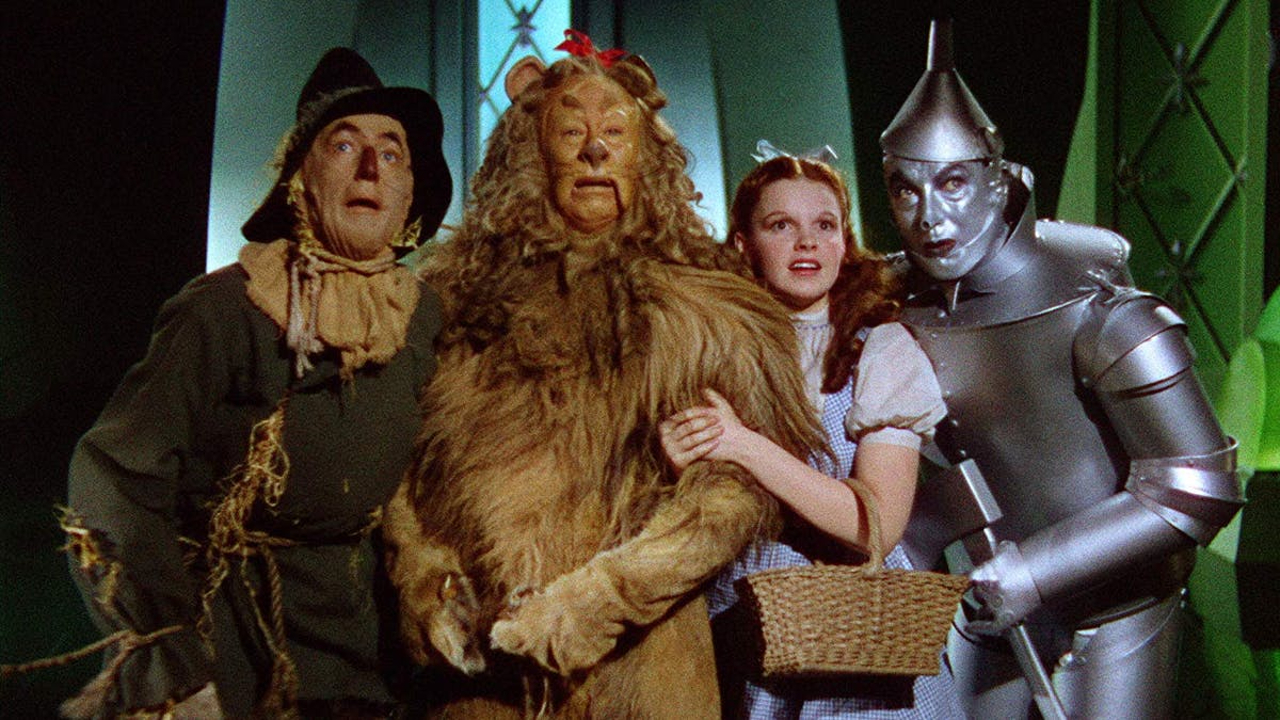
The Wonderful Wizard Of Oz
L. Frank Baum’s children’s novel, The Wonderful Wizard of Oz is totally worth reading, especially if you’ve seen the 1939 film adaptation. And while both share similar story components, the original text is full of so much more, including a longer stay in Oz, an army of mice saving Dorothy and company from the poppy field, and very different versions of those well-known characters.
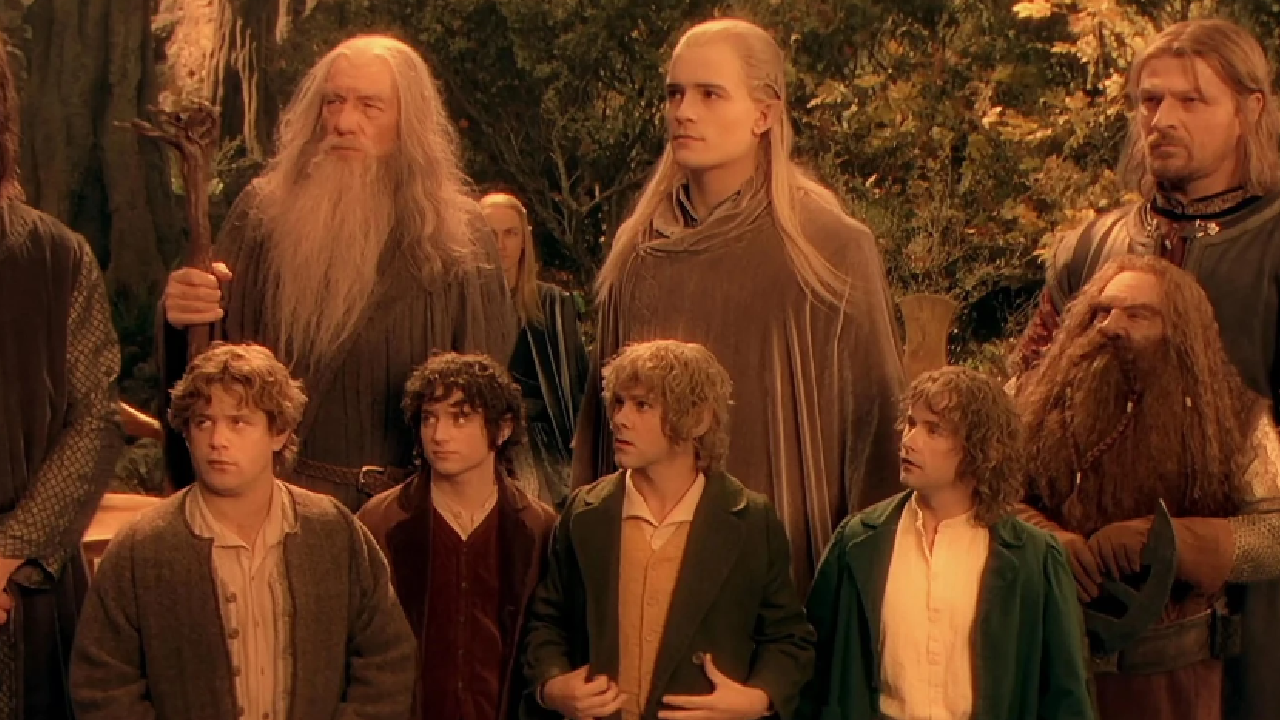
The Hobbit And Lord of the Rings Trilogy
J.R.R. Tolkien’s The Hobbit and The Lord of the Rings novels, some of the best literary experiences of all time, were famously turned into two trilogies by Peter Jackson. And while the movies are awesome in just about every possible way, Tolkien’s original books include so much more story. No extended version could contain all of this.
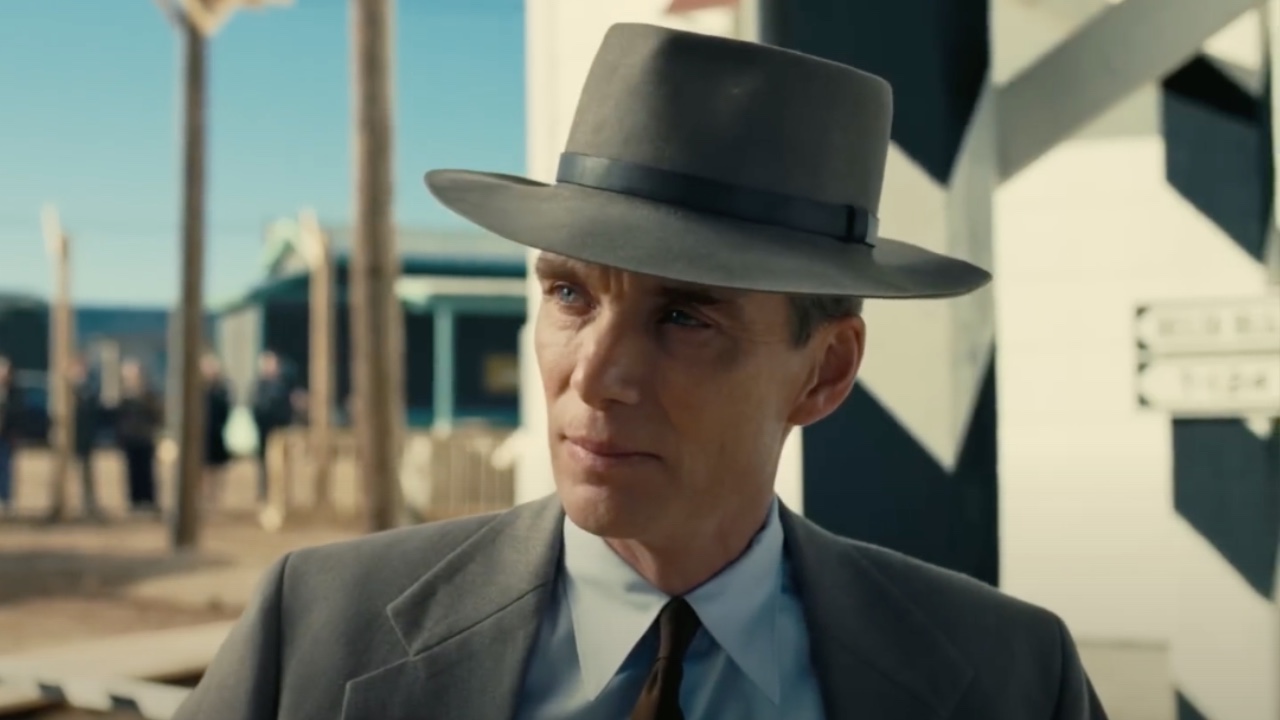
American Prometheus: The Triumph and Tragedy of J. Robert Oppenheimer
Christopher Nolan’s Oppenheimer stands a good chance of winning a ton of awards, and rightfully so. But if you want to go back and read more about J. Robert Oppenheimer, his life, and role in the creation of the Atomic bomb, American Prometheus, Kai Bird and Martin J. Sherwin’s 700-page biography is going to fill in a lot of the blanks.
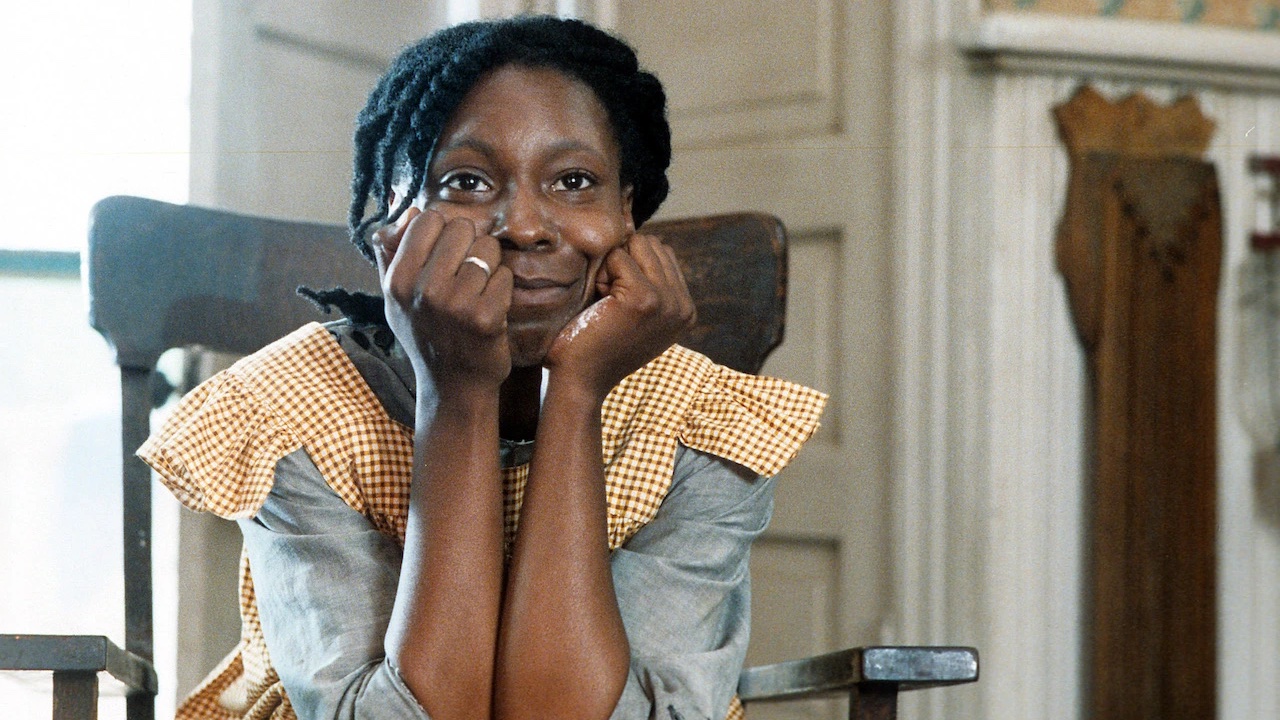
The Color Purple
Alice Walker’s The Color Purple is a Pultizer Prize-winning novel that should be read at least once in your life. Yeah, it was turned into a decorated movie adapted by Steven Spielberg (with a musical-based version coming out in December 2023), but Walker’s rich text and plot threads add so much to the story.

World War Z
It’s hard to imagine a movie adaptation being less like the source material than 2013’s World War Z. Unlike the movie, which focuses on one character experiencing Hell on Earth, Max Brooks’ novel is set up like an oral history with each chapter focusing on a different, and sometimes, terrifying event, narrated by various characters.

Rita Hayworth And The Shawshank Redemption
Frank Darabont’s The Shawshank Redemption has been the highest-rated movie on IMDb for a very long time, and is considered one of the top-tier Stephen King adaptations. Interestingly enough, the 1994 movie starring Tim Robbins and Morgan Freeman is based not on a novel, but a 127-page novella, originally included in the book Different Seasons.
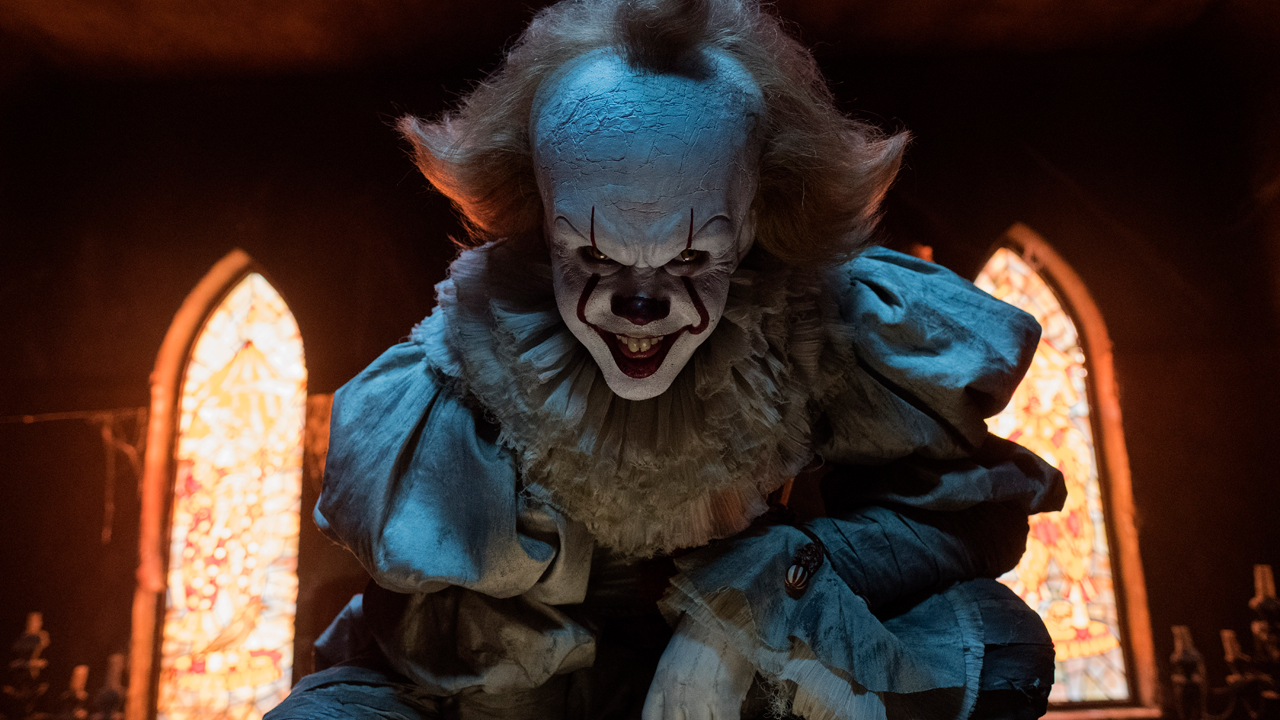
It
Stephen King’s It, all 1,138 pages of it, tells the fascinating and frightening story of a group of kids (later adults) teaming up to defeat a demonic entity multiple times throughout their lives. The 1990 miniseries, and a pair of theatrical releases that followed years later, only touches on part of King’s epic, and the full story must be explored.
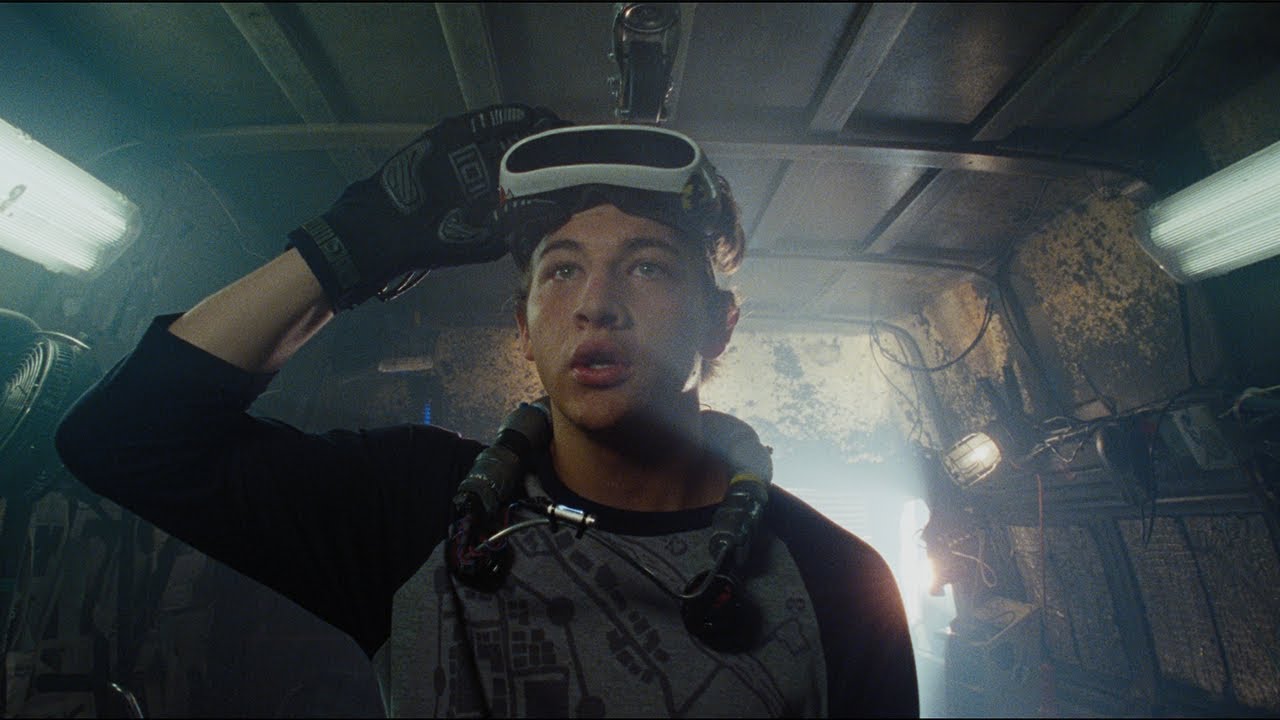
Ready Player One
Steven Spielberg’s 2018 adaptation of Ready Player One is fun and all, but it’s an almost completely different experience when compared to Ernest Cline’s original novel. There are more than a dozen major differences ranging from minor changes to massive reimaginings of key sequences.
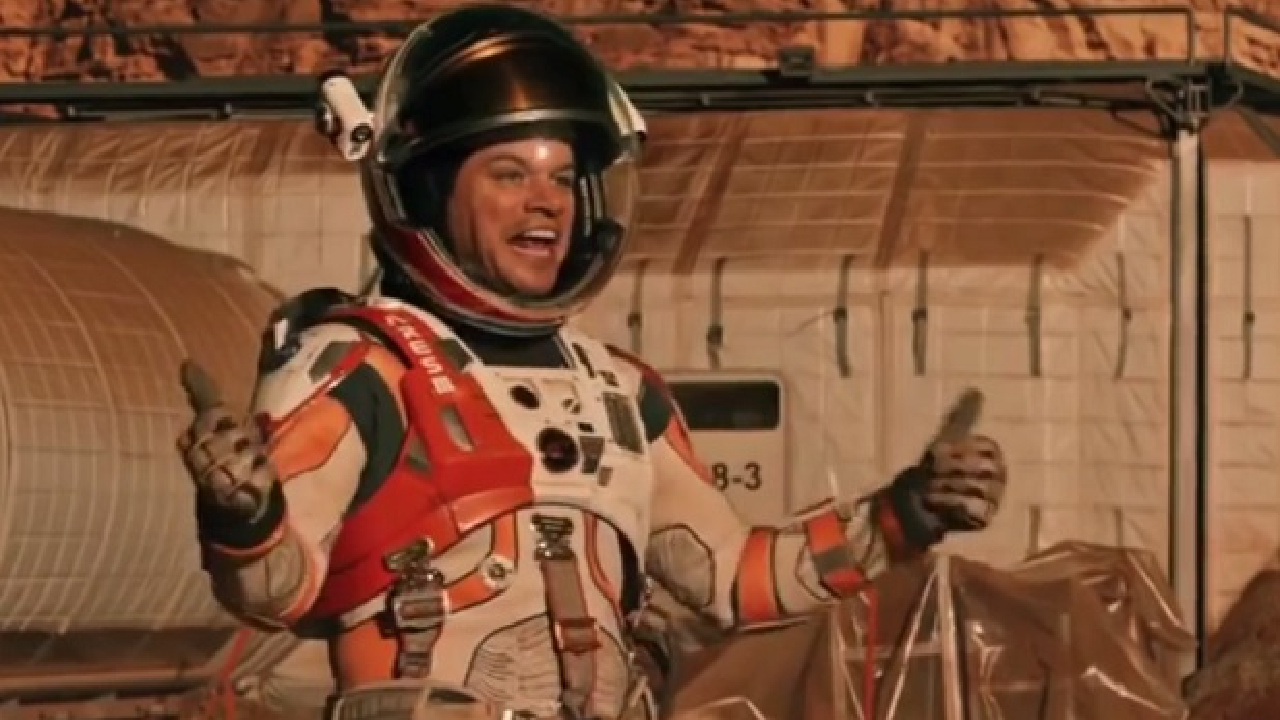
The Martian
If you got a kick out of the blend of comedy, drama, and intense sci-fi action in Ridley Scott’s The Martian, then Andy Weir’s novel of the same name is going to be something to check out. It has the same tone but more of it.

All You Need Is Kill (Edge Of Tomorrow)
All You Need is Kill was later turned into Edge of Tomorrow (also known as Live Die Repeat) with Doug Liman taking on Hiroshi Sakurazaka’s novel. There were all kinds of changes made for adaptation ranging from its characters and story to how the ending plays out.
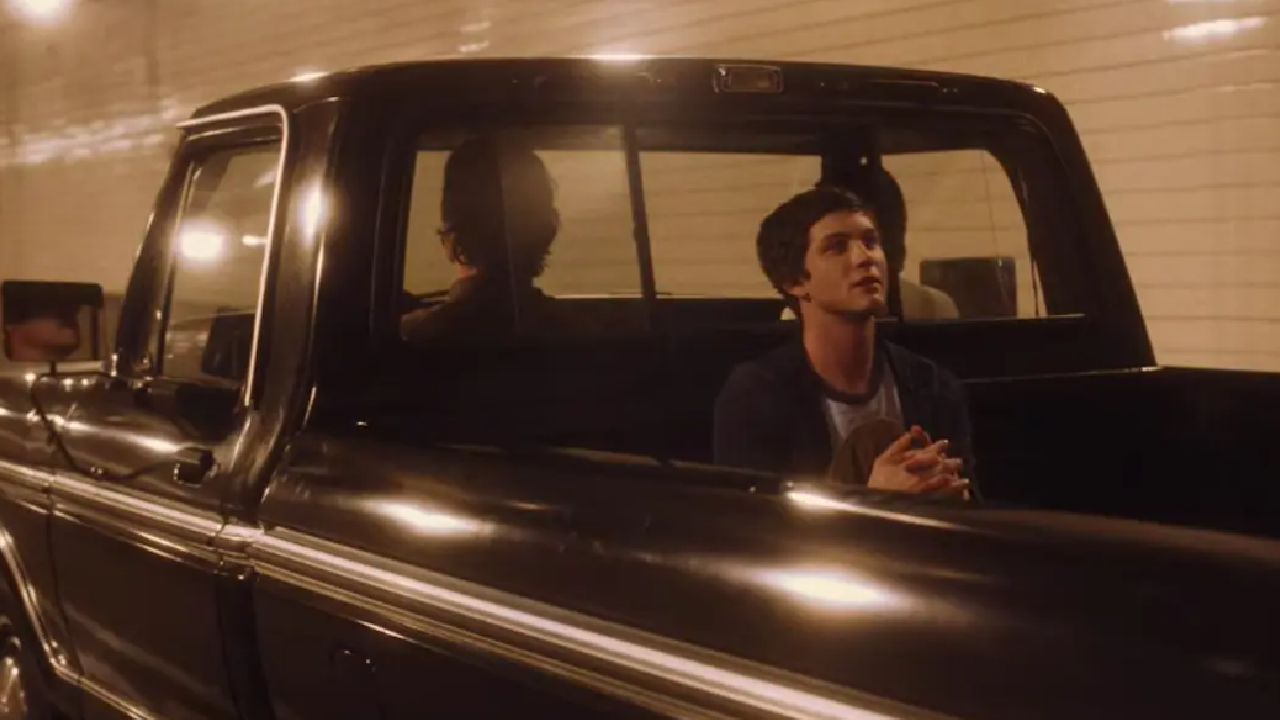
The Perks Of Being A Wallflower
Stephen Chbosky’s The Perks of Being a Wallflower, which is based on his book of the same name, is a wonderful adaptation that mostly sticks to the source material. However, there are enough changes to make reading the coming-of-age novel worth a read, specifically its epistolary presentation.
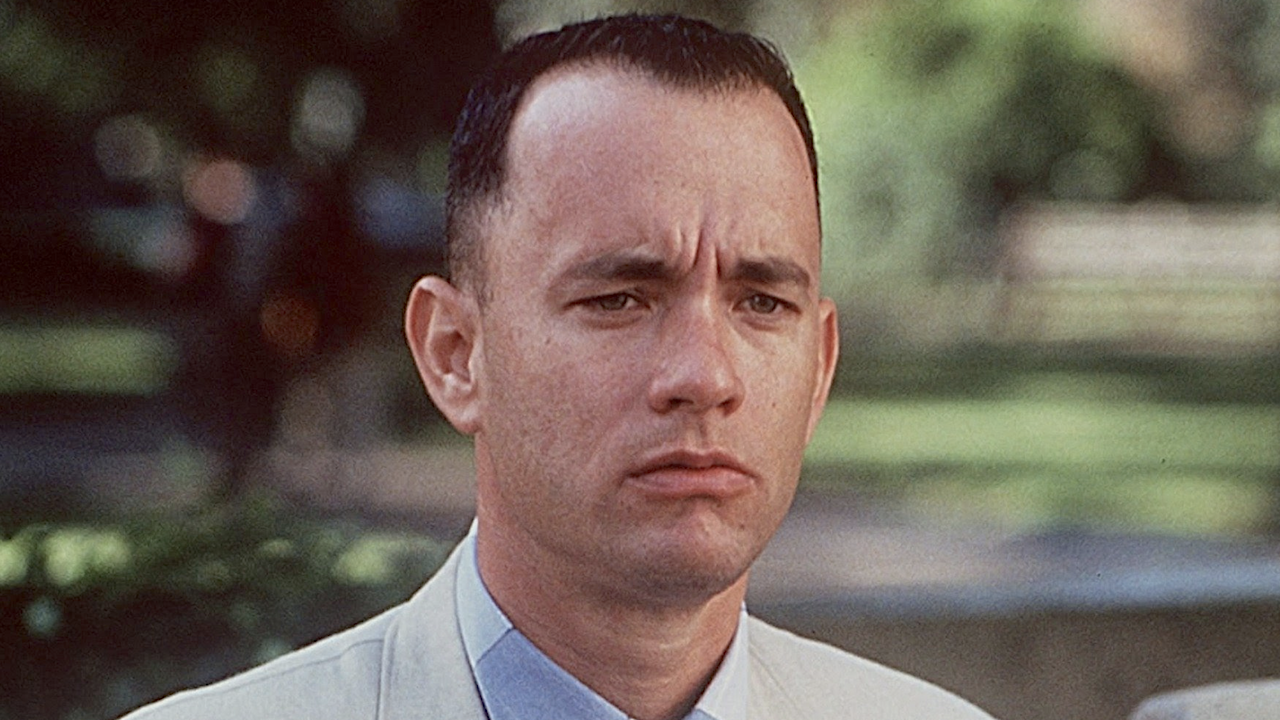
Forrest Gump
Forrest Gump the movie and book are two completely different beasts, so much so that watching and reading each version is an entirely different experience. Nearly every aspect of the story was changed in some way when being adapted into an Oscar-winning film, including Forrest’s personality and its ending. Forrest even goes to space in the book, which never happened in the movie.
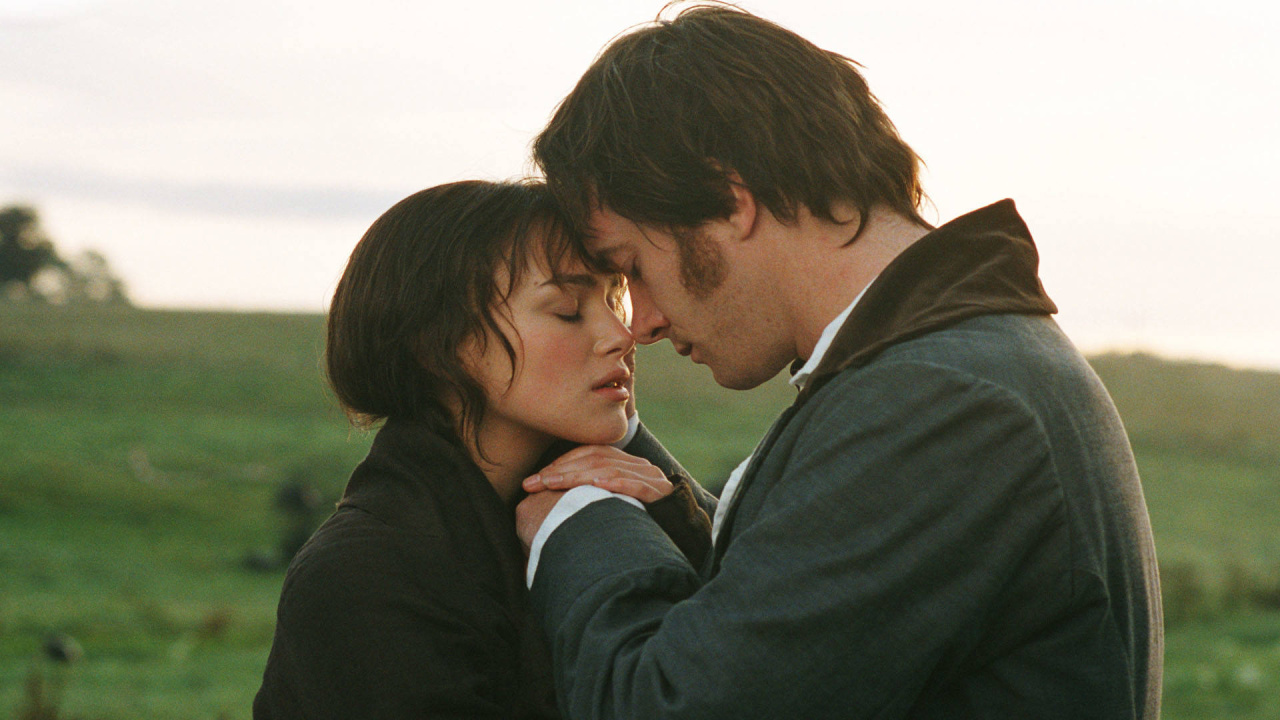
Pride And Prejudice
With so many different adaptations of Pride & Prejudice over the years, sometimes it’s fun to go back and read Jane Austen’s original novel to see how each version sticks, or diverts, from the source material.
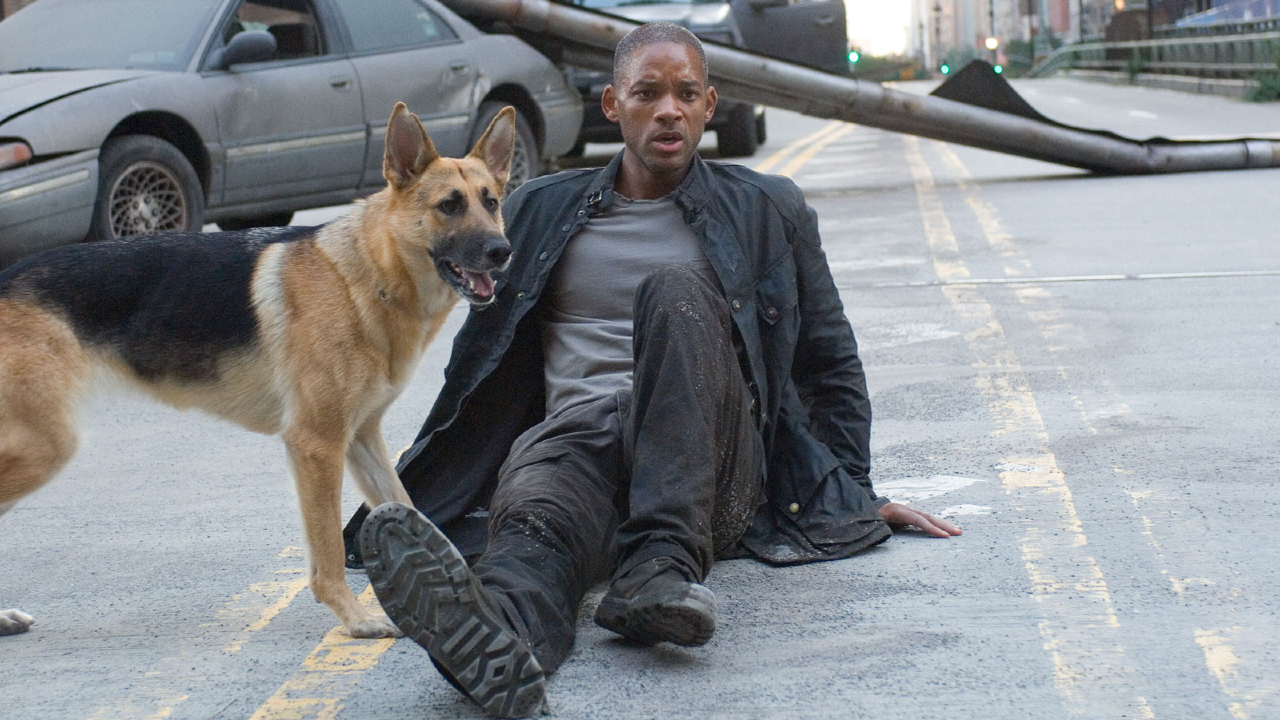
I Am Legend
Though I Am Legend the book and movie follow an almost identical path through the majority of their respective stories, the 2008 film adaptation starring Will Smith makes a drastic change to Richard Matheson’s original novella with its ending. We won’t ruin it for the uninitiated, but it completely changes how you see Dr. Robert Neville.

2001: A Space Odyssey
Stanley Kubrick and author Arthur C. Clarke shared credit on the 2001: A Space Odyssey screenplay, which Clarke later turned into a novelization. In addition to some shifts in the tone and style, the novel also makes the main portion of the story a mission to Jupiter opposed to Saturn as seen in the classic sci-fi epic.
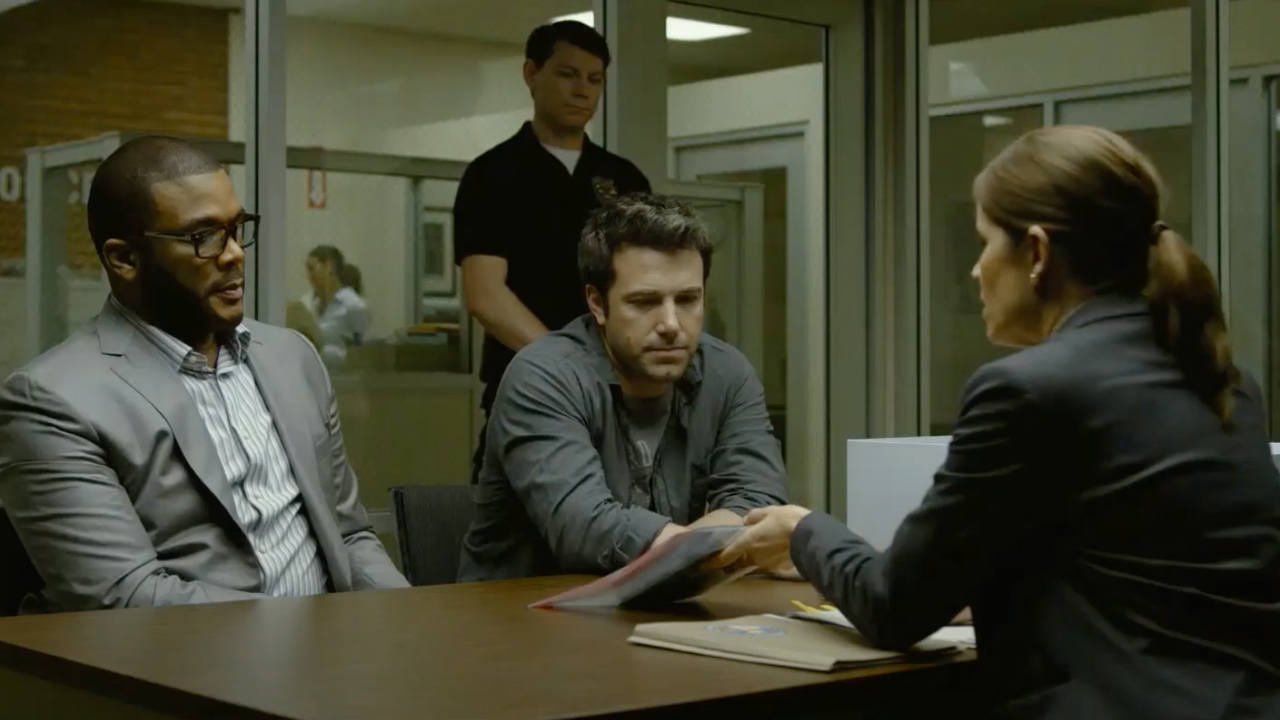
Gone Girl
We could write a whole article about how David Fincher’s 2014 adaptation of Gone Girl differs from Gillian Flynn’s novel. In fact, the entire third act was rewritten by the acclaimed author for the movie starring Ben Affleck and Rosamund Pike.
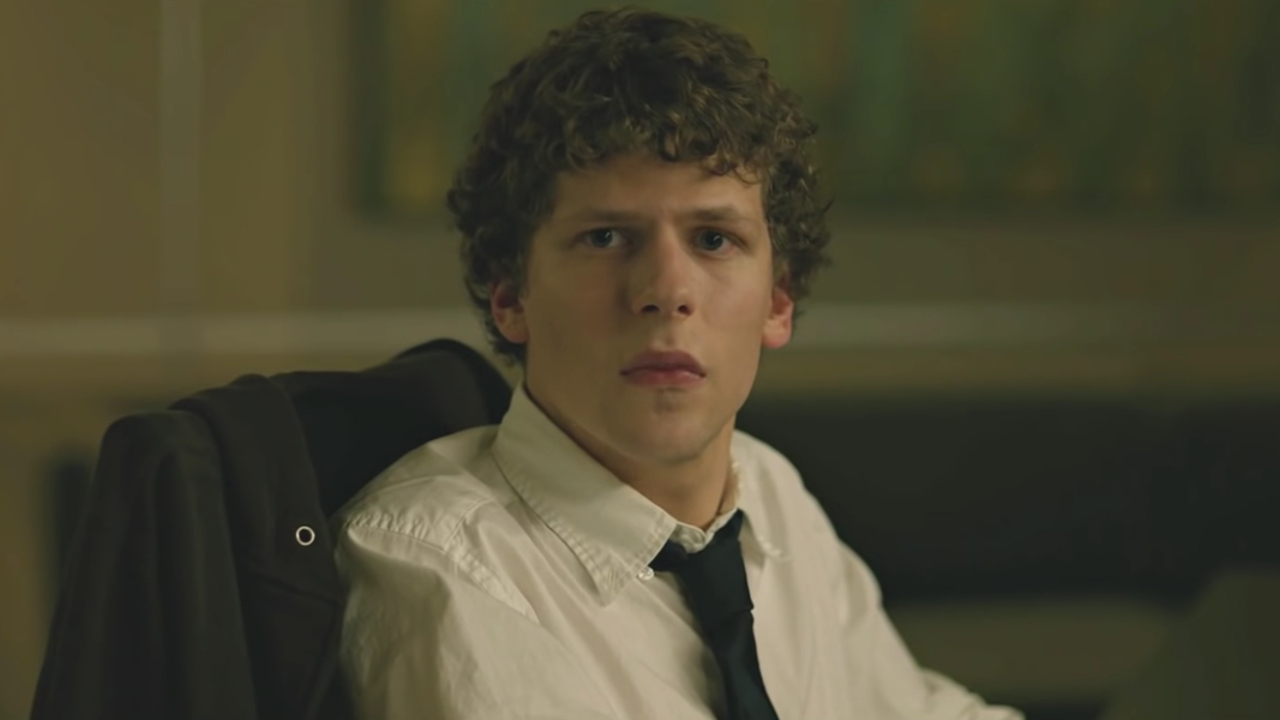
The Accidental Billionaires (The Social Network)
Ben Mezrich’s 2009 book, The Accidental Billionaires, which was later adapted by Aaron Sorkin and David Fincher as The Social Network, details the founding and early days of Facebook and its founder, Mark Zuckerberg. If you’re looking for a more detailed (as surprising as that may be) look at the social media giant, this book will do the trick.

The Hunger Games Books
Some would say The Hunger Games is a better movie than book, but the only way to know for sure is by reading Suzanne Collins’ 2008 young adult dystopian novel and its various sequels (and prequel).
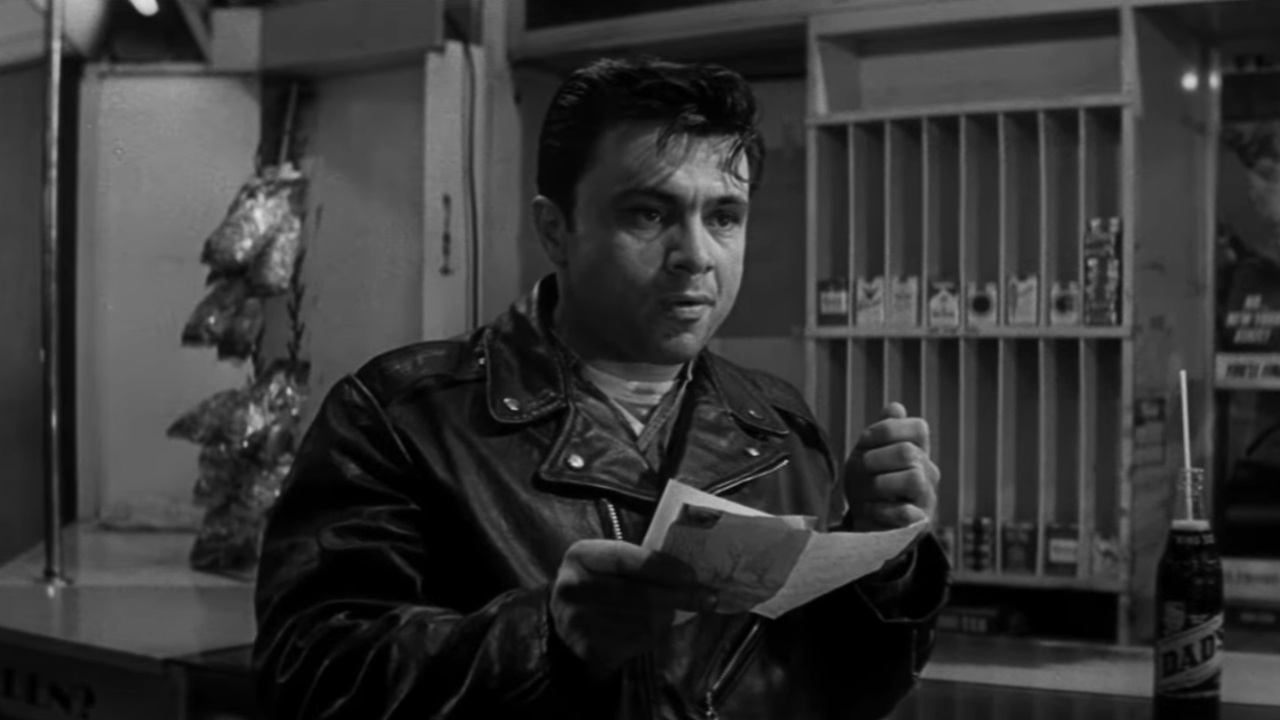
In Cold Blood
In 1967, Richard Brooks adapted Truman Capote’s 1966 true crime thriller, In Cold Blood, a painstakingly crafted breakdown of a quadruple-murder and the two men who carried out the senseless act of violence. Capote’s words just fly off the page, especially in the tense and foreboding opening chapter.

Fight Club
Fight Club the movie and book have the same basic premise: a nameless narrator befriends the man he’s always dreamed of being, starts an underground combat group, and then things get out of hand. However, if you want to see characters and situations not covered in David Fincher’s movie, as well as a different ending, check out Chuck Palahniuk’s novel.
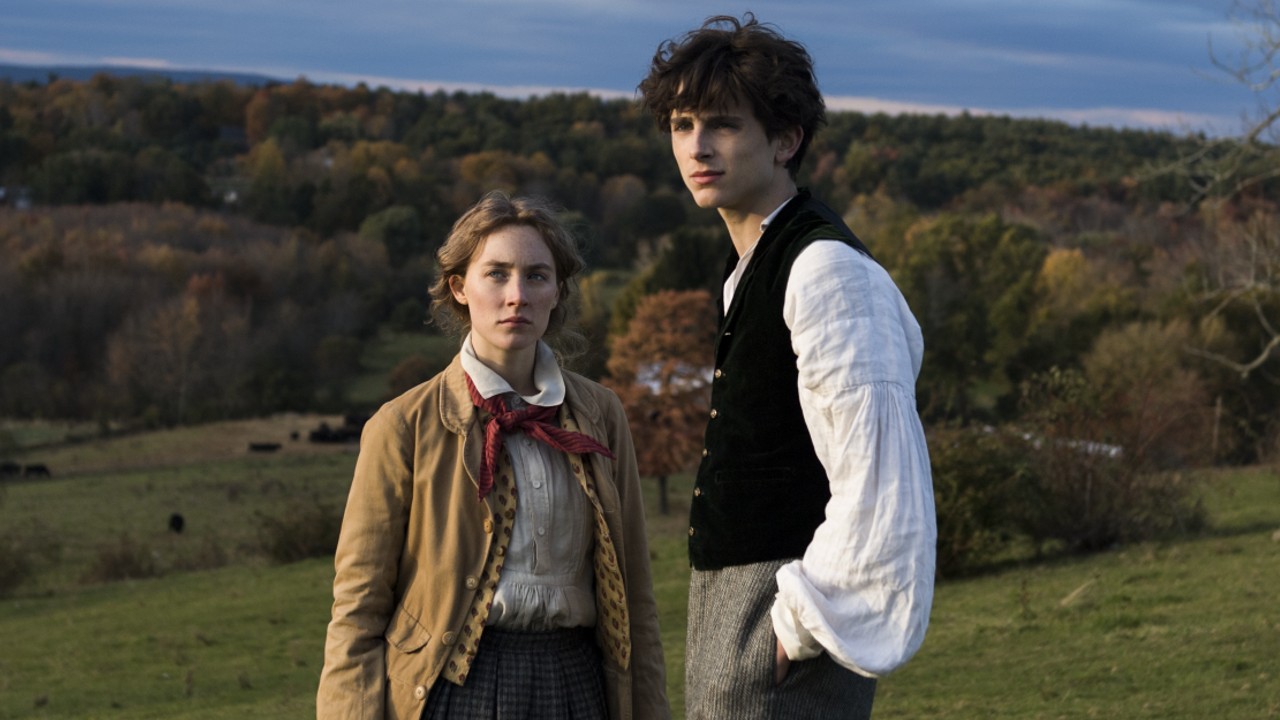
Little Women
There have been a total of seven adaptations of Louisa May Alcott’s 19th-century coming-of-age novel, Little Women, each making minor changes of their own over time. If you’ve seen one, two, or all of them, you should probably read the book to see what’s changed and what’s stayed the same.
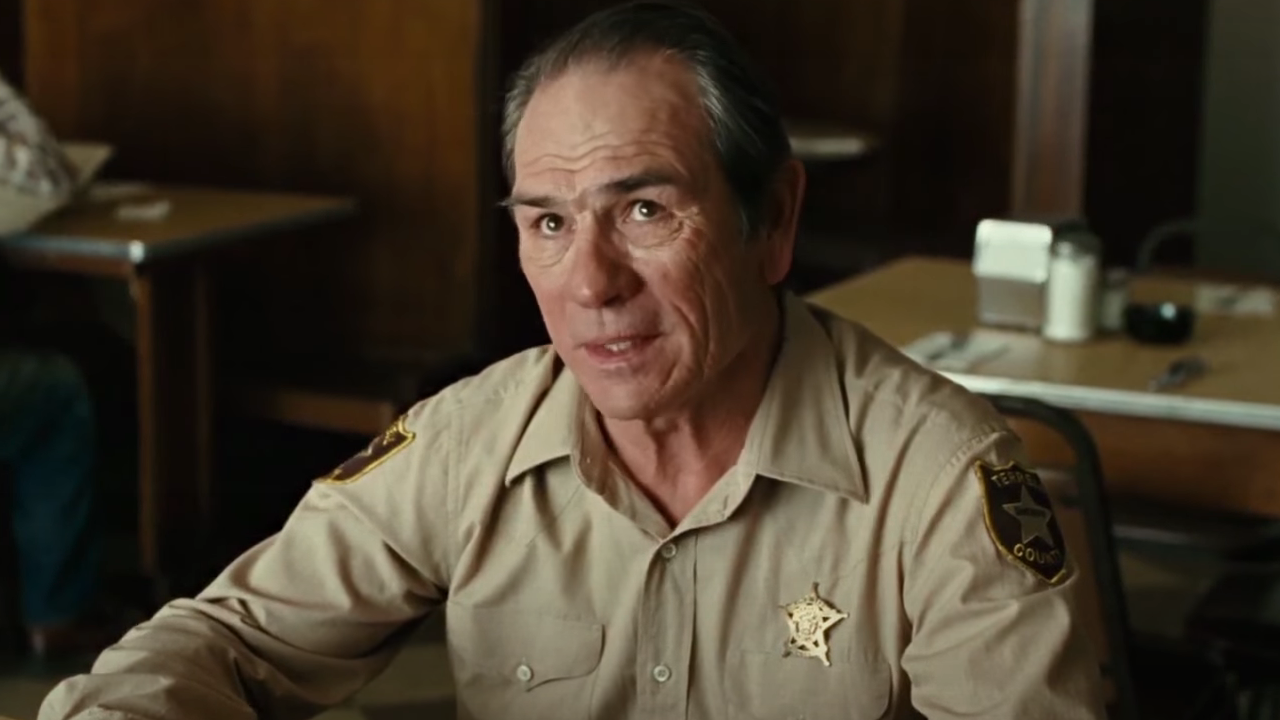
No Country For Old Men
The Coen brothers’ Academy Award-winning adaptation of Cormac McCarthy’s No Country for Old Men is one of the best films of the 21st century, but the book is also more than worthy of a read. It’s sparse, it’s violent, and features a lot more of Tommy Lee Jones’ character as he provides the narration throughout.
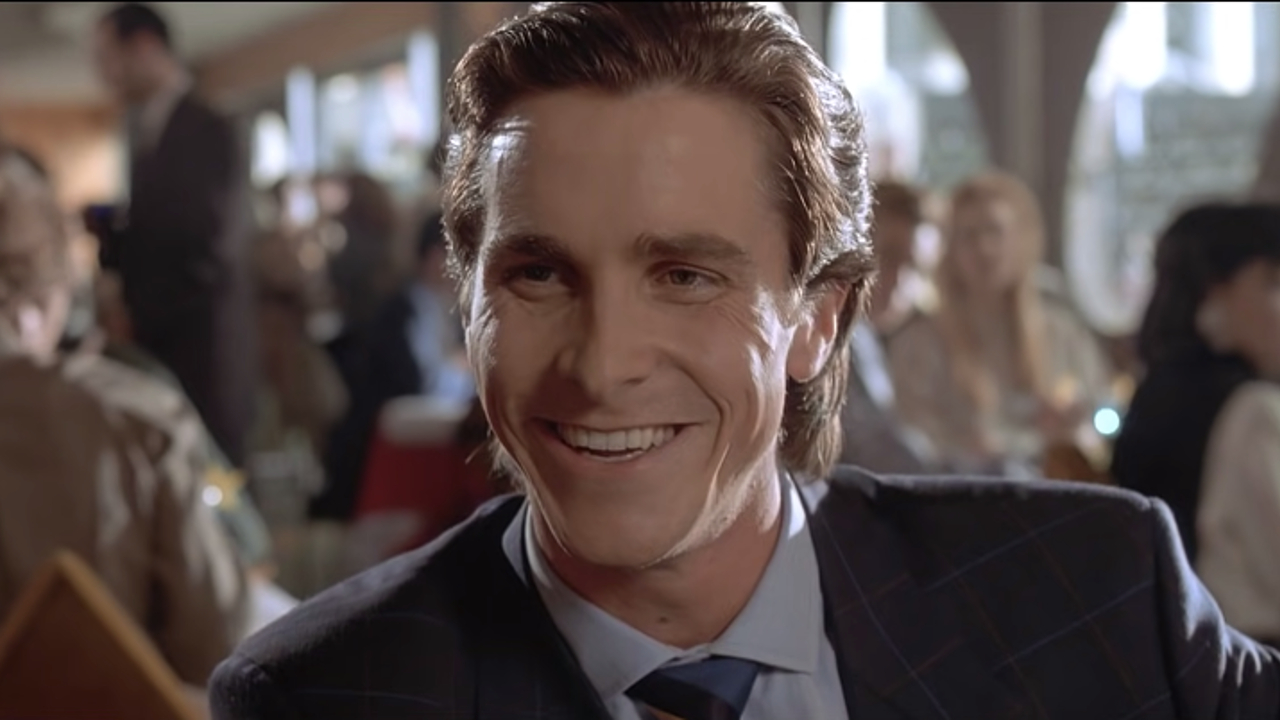
American Psycho
After making your friends watch American Psycho, why not have a book club with Bret Easton Ellis’ 1991 novel of the same name. Surprisingly enough, Mary Herron’s 2000 adaptation is a toned down version of Patrick Bateman’s descent into madness, and cuts back a lot of the central character's outlook on life and other social groups.
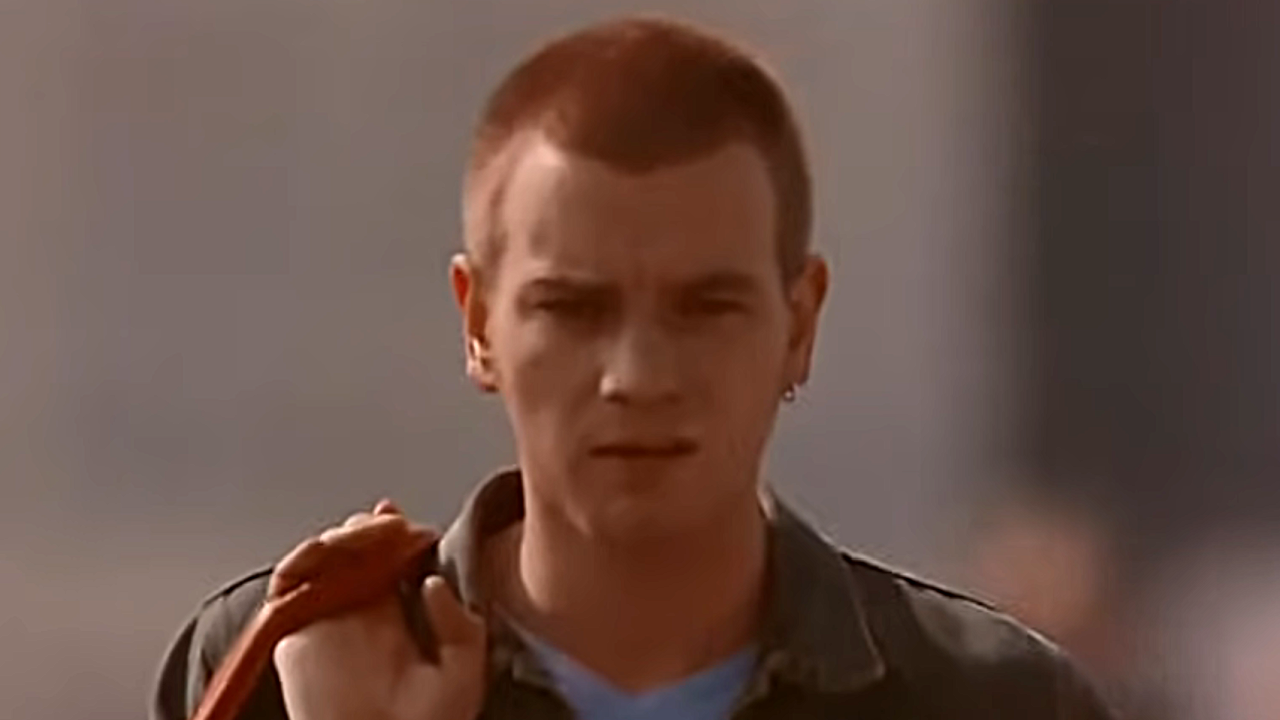
Trainspotting
Irvine Welsh’s Trainspotting, which was later adapted into a film of the same name by Danny Boyle, is more of a series of short stories than the film starring Ewan McGregor. The book is also written in the Scottish dialect. While the text can sometimes be a challenge, it's never enough to take away from this story that is at times hilarious and other times heartbreaking.
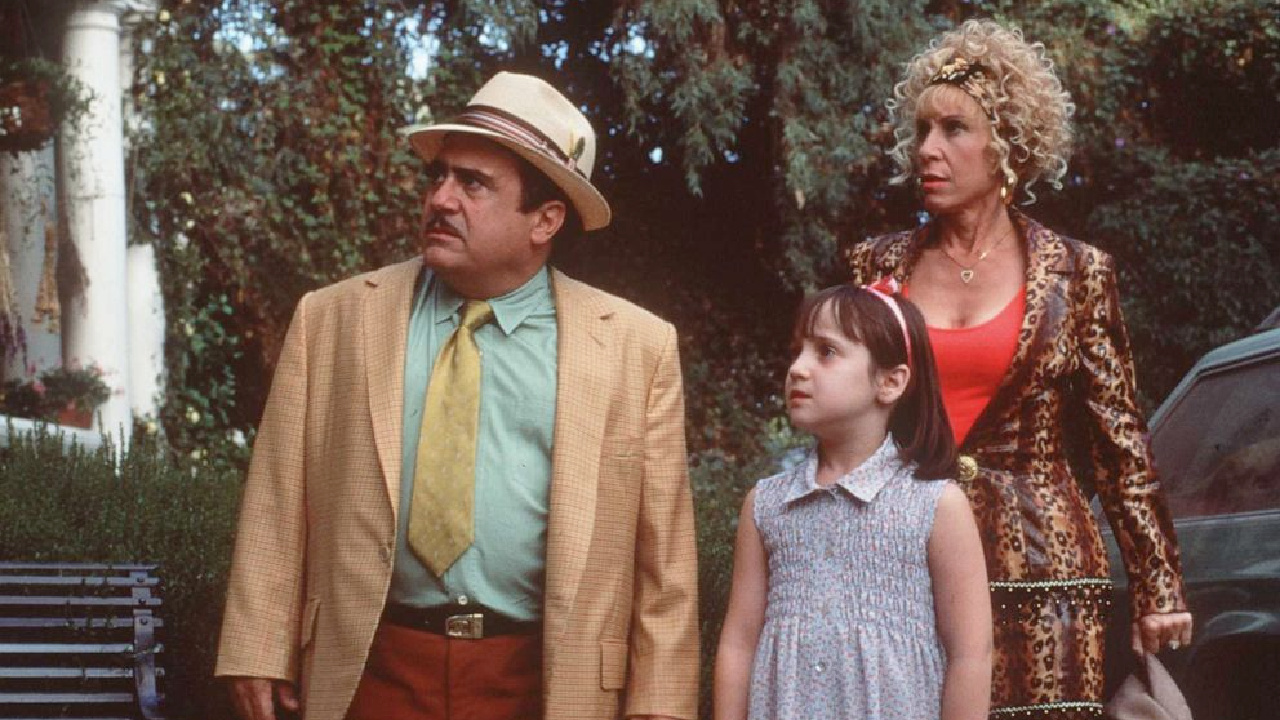
Matilda
Danny DeVito did an outstanding job bringing Roald Dahl’s Matilda to life back in 1996, but this doesn’t mean it’s a 100% faithful adaptation. This is a good reason to go back and read the timeless children’s book, as it’s similar but different, familiar yet fresh. There are also a number of changes in the 2022 musical inspired by the book, meaning fans of the Netflix movie should check out the book if they haven’t already.
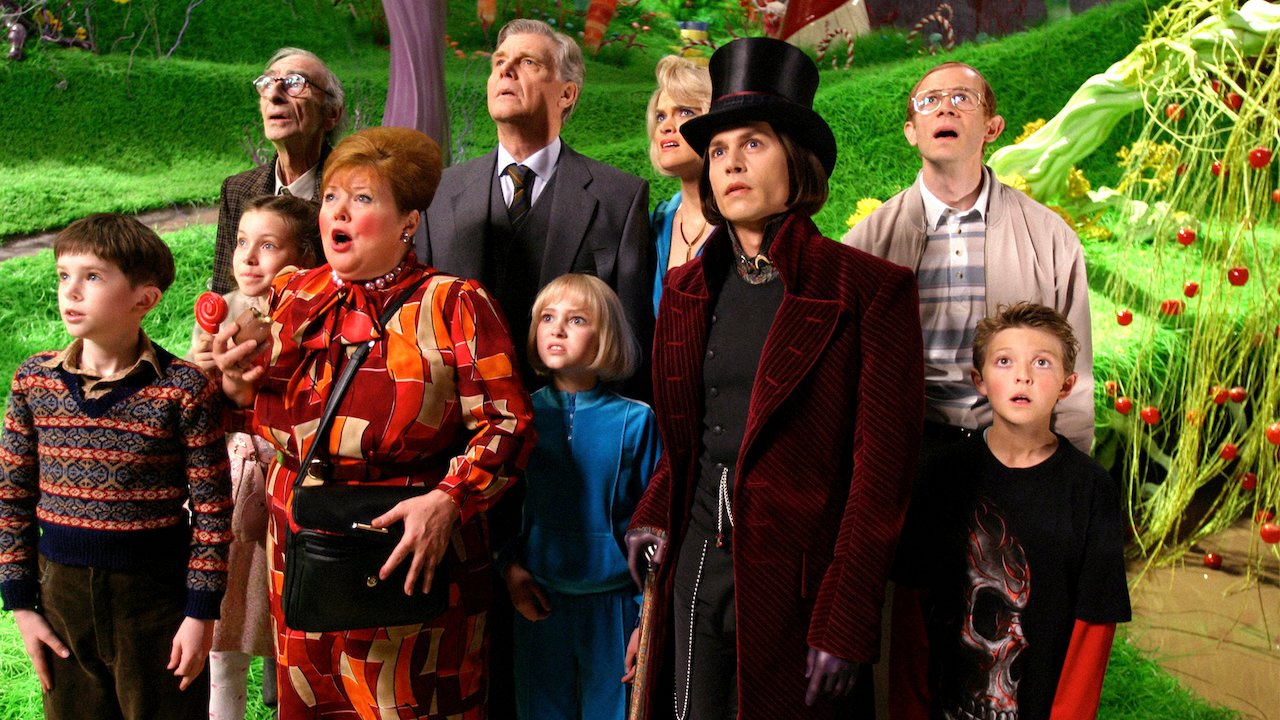
Charlie and the Chocolate Factory
Roald Dahl’s Charlie and the Chocolate Factory has been adapted for screen and stage numerous times, but it’s never too late to go back and read the fantastical and whimsical novel. It’s fun to see how Willy Wonka and the Chocolate Factory and Tim Burton’s more faithful 2005 adaptation compare to this fun children’s book with all its bad eggs and imaginative treats.

The Exorcist
William Peter Blatty wrote both the novel and film versions of The Exorcist, but this doesn’t mean they are entirely the same. The book, which came out only two years before William Friedkin turned it into a movie, is surprisingly even darker, more sinister, and more graphic. On top of that, there are also numerous minor differences throughout its story, so much so that reading it is a fresh experience.
With a whole slew of upcoming book-to-screen adaptations coming to theaters (and streaming services) in the coming months, you can expect to see some major changes to this list in the near future.
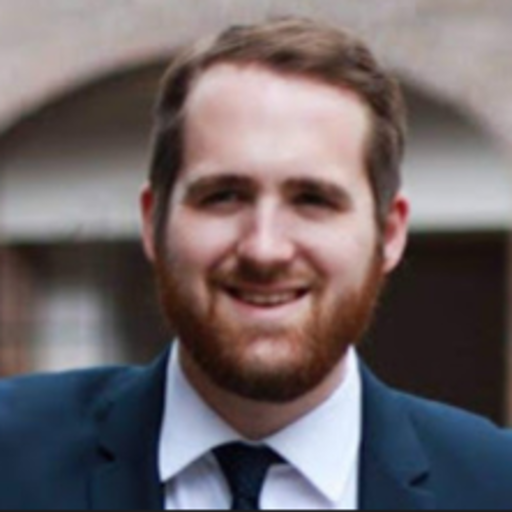
Philip grew up in Louisiana (not New Orleans) before moving to St. Louis after graduating from Louisiana State University-Shreveport. When he's not writing about movies or television, Philip can be found being chased by his three kids, telling his dogs to stop barking at the mailman, or chatting about professional wrestling to his wife. Writing gigs with school newspapers, multiple daily newspapers, and other varied job experiences led him to this point where he actually gets to write about movies, shows, wrestling, and documentaries (which is a huge win in his eyes). If the stars properly align, he will talk about For Love Of The Game being the best baseball movie of all time.
